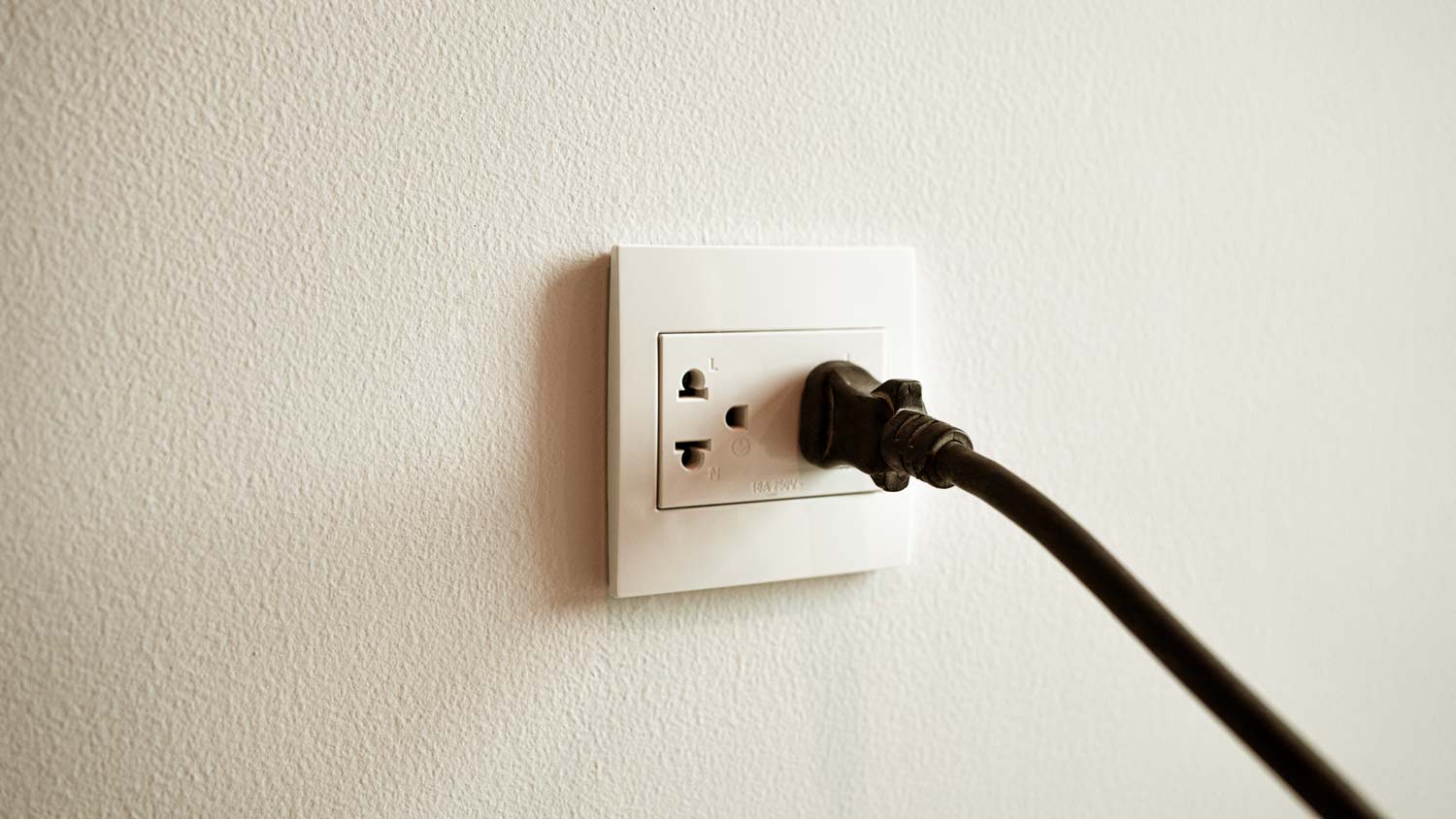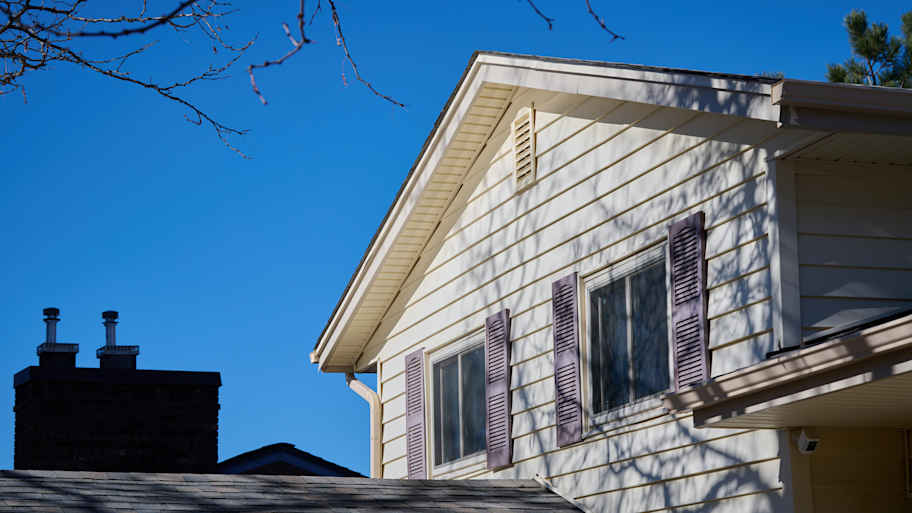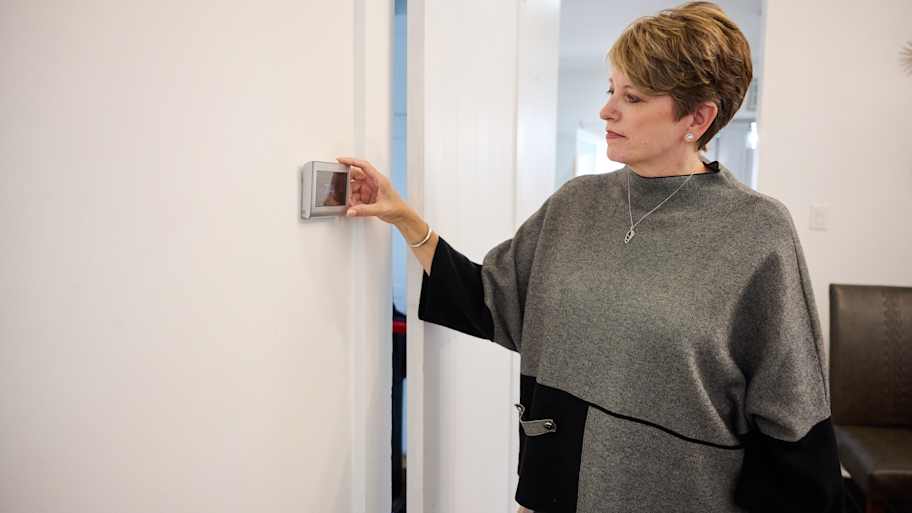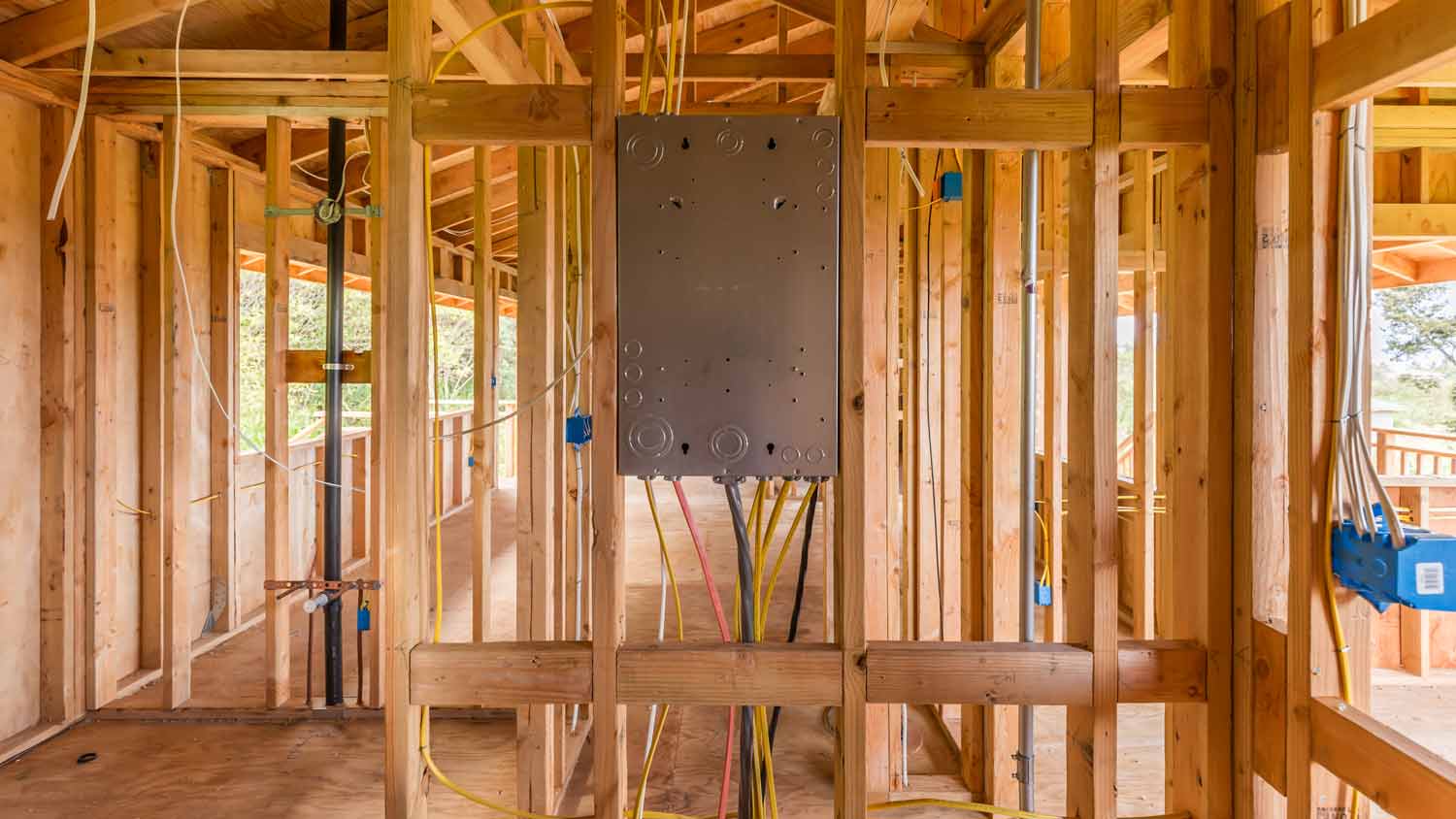Can Electrical Outlets Be Installed Sideways?
You can save space with sideways outlet installation


There is no regulation against installing outlets sideways.
The orientation of an outlet depends on style preference and available space.
The cost of installing an outlet ranges between $75 and $485.
Whether you are remodeling your home or replacing a single outlet, you may wonder whether electrical outlets can be installed sideways. The National Electric Contractors Association sets rules and regulations for installing outlets, but does the orientation of how an outlet is installed matter?
Let’s examine whether outlets can be installed sideways, the common reasons why sideways installation is considered, and which way is best.

Can You Install an Electrical Outlet Sideways?
Outlets can be installed sideways as long as they are wired and mounted correctly. Although the National Electric Contractors Association has codes for placement, tamper-resistant requirements, and GFCI protection, there is no rule for installing an outlet sideways or vertically.
However, it’s essential to choose an orientation that will not interfere with the outlet's function or safety. It’s best to hire an electrician near you to determine which way the outlet should be installed and ensure the task is done correctly.
Common Reasons for Installing an Outlet Sideways

There are a few reasons homeowners may want to install outlets sideways, such as:
Space Efficiency: In areas with tight spaces, such as near appliances or between cabinets, where there isn’t enough room to install a vertical outlet, it may be installed sideways to optimize space.
Aesthetic Preference: Some people prefer the look of sideways outlets, especially in kitchens, bathrooms, and above kitchen countertops.
Ease of Access: Installing an outlet sideways may make it easier to plug and unplug devices.
Should You Install Outlets Sideways or Vertically?
Whether you should have outlets installed sideways or vertically depends on your personal preference and space restrictions. Sideways outlets can make it easier to connect larger plugs and may be more aesthetically pleasing in areas such as the kitchen. You should discuss your decision with an electrician prior to installation to decide which orientation is best for your setup and needs.
How Much Does It Cost to Install an Outlet?
The cost of installing outlets depends on factors like type of outlet, location, and number being placed. Homeowners can expect to pay between $75 and $485 to hire an electrician to professionally install an outlet. However, it’s worth paying a professional electrician to complete the job because working with electricity is extremely dangerous, and it will prevent other potential damage from incorrect installation.
Frequently Asked Questions
Outlets should not be installed face-up on countertops, directly over bathtubs, sinks, or near showers. They also should not be installed near heating sources such as radiators, heaters, or heat-producing appliances. Consult a local electrician before installing a new outlet to ensure the location complies with local and national safety regulations.
The National Electric Code states that outlets should not be spaced more than 12 feet apart, and there should be an outlet placed every 6 feet at the floor line in areas designated as living spaces. Most homes in the United States have 75 outlets, but it will depend on the amount you need based on your home's size and your needs.



.jpg?impolicy=leadImage)

- Home Generator Repair
- Lamp Repair
- Electric Repair
- Generator Installation
- TV Antenna Services
- Emergency Electricians
- Commercial Electricians
- Attic Fan Installation
- Attic Fan Repair
- Exhaust Fan Installation
- Electric Inspectors
- Subcontractors
- Electrical Construction
- EV Charger Installer
- Chandelier Installation
- Doorbell Installation
- Bathroom Fan Installation
- Ring Installers
- Electrical Panel Upgrade










